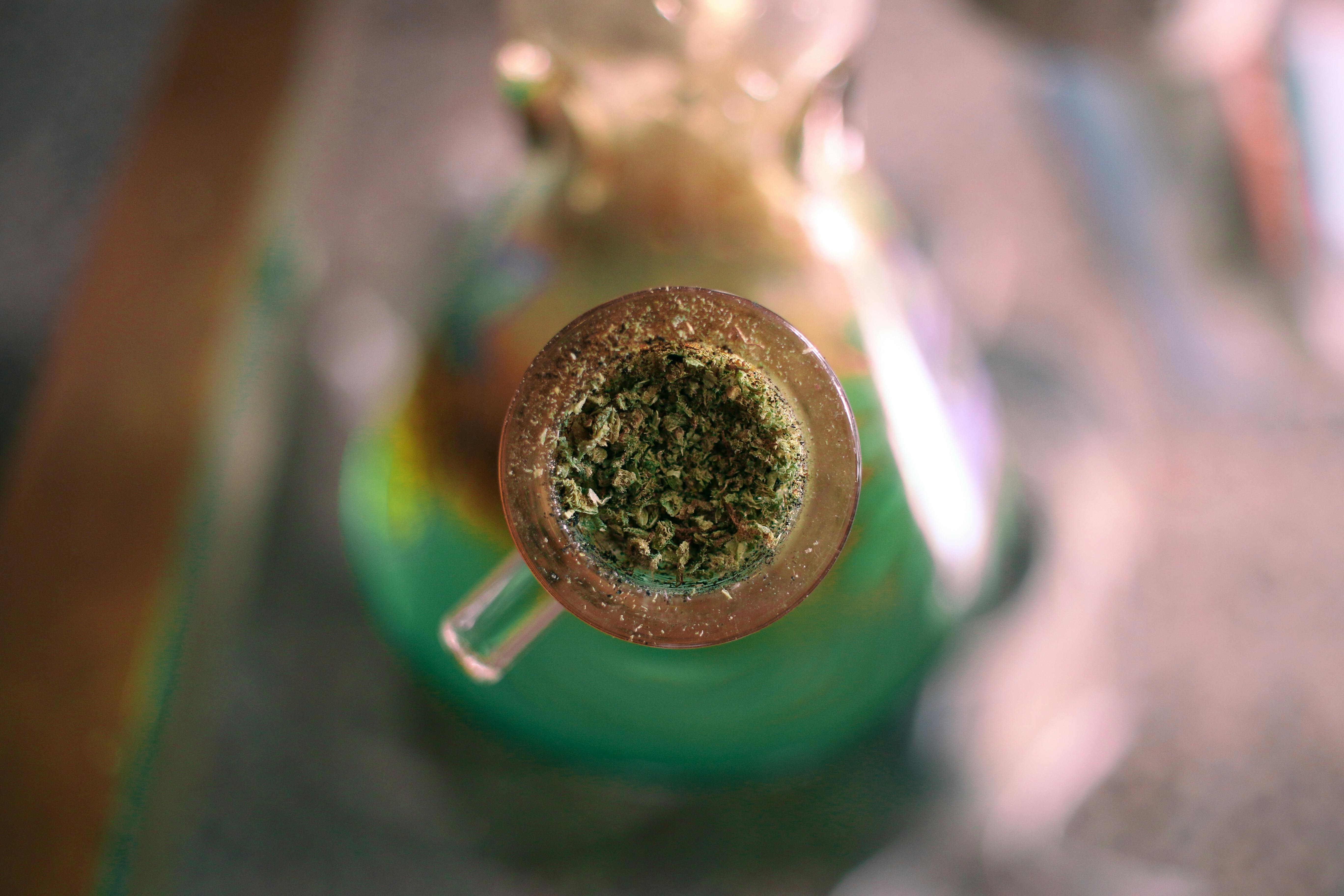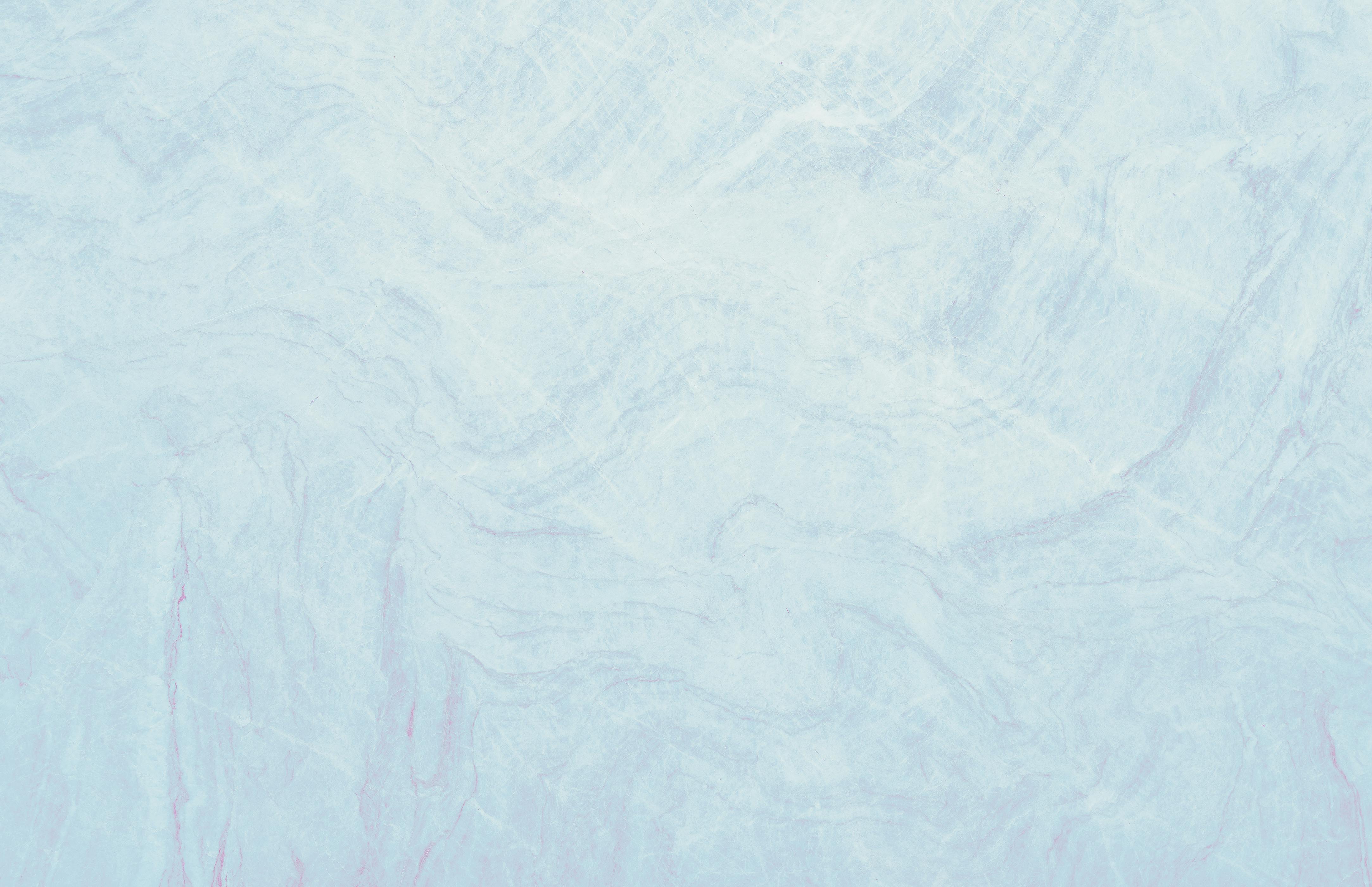Effective Ways to Care for Your Baby’s Umbilical Cord in 2025
Introduction to Umbilical Cord Care
Caring for your newborn’s umbilical cord stump is a crucial aspect of early parenting. The umbilical cord serves as the lifeline between mother and baby during pregnancy, and after birth, it leaves behind a small stump that requires proper care to ensure healthy detachment. Understanding the duration it takes for the umbilical cord to fall off and recognizing the signs of healthy healing are essential for new parents in 2025.
Proper umbilical cord hygiene is critical to prevent infections and ensure a smooth healing process. The duration of umbilical stump healing typically ranges from one to three weeks, with variations based on individual circumstances. This article provides effective tips and guidelines about newborn umbilical cord care, including what to expect during the umbilical cord detachment process and signs to watch for that indicate a possible complication.
As a new parent, it's vital to debunk common umbilical cord myths and understand the natural timelines involved. We will explore how to clean the umbilical stump properly, signs of a healthy cord, and when it's necessary to consult a pediatrician. With evidence-based information and practical tips, you can ensure the best start for your baby's health journey.
Understanding the Stages of Umbilical Cord Healing
One of the primary concerns for parents is understanding the umbilical stump healing process, which consists of specific stages. During the first few days post-birth, the stump appears moist and gradually starts to dry out. This drying process is a normal sign that the body is healing. As it dries, you'll see changes in color, transitioning from yellowish to darker shades, which indicate that the tissue is dying off in preparation for detachment.
Usually, the average time for umbilical cord to fall off is between 7 to 14 days, with some variation. Many parents ask, "When does umbilical cord fall off?” The answer primarily lies in individual health factors, the care provided, and the overall condition of the baby. It’s vital to be patient during this process and avoid any unnecessary stress, as each baby develops at their own pace.
Essential Umbilical Cord Care Tips
Proper umbilical cord hygiene can prevent infections and promote healthy healing. Here are effective umbilical cord care tips that every parent should follow:
1. **Keep the Area Clean and Dry:** Gently clean the area around the umbilical stump with water and a soft cloth. Avoid harsh soaps or alcohol, as these can irritate delicate skin.
2. **Dress the Stump Properly:** Use loose-fitting diapers that do not irritate the stump. Make sure the diaper sits below the stump to allow for air circulation, which aids in drying.
3. **Watch for Signs of Infection:** Signs of umbilical cord infection may include redness, pus, or a foul odor. If you notice these symptoms, it's important to consult your pediatrician without delay.
As you implement these tips, you can also find reassurance in understanding the average time it takes for umbilical cord to fall off and knowing that each baby’s experience may vary.
Newborn Cord Care Myths Debunked
The world of parenting is often filled with myths that can cause unnecessary anxiety. For umbilical cord care, some common misconceptions include:
- **Myth 1:** Alcohol is necessary for cleaning the stump. In reality, the best practice is to keep it clean with water only.
- **Myth 2:** The stump falls off arbitrarily. In fact, there’s a natural drying and detaching process that occurs over time; rushing it can lead to issues.
- **Myth 3:** You should apply ointments to speed up healing. Instead, keeping the area dry and clean is more effective than using topical applications.
Debunking these myths helps to alleviate fears and enables new parents to provide proper care, leading to healthier outcomes.
Monitoring Your Baby’s Umbilical Cord Health
Keeping an eye on your baby's umbilical cord is essential for ensuring its health. Monitoring includes checks for proper drying, identifying signs of a healthy umbilical cord—and being vigilant for any abnormalities.
If parents notice that the stump remains moist longer than usual or develops redness around its edges, it may indicate an infection. Understanding the signs of a healthy umbilical cord can alleviate concerns. A healthy stump typically shows minimal bleeding, a dry appearance, and may emit a mild odor only.
Consistent checks and understanding how to properly monitor umbilical cord health allows parents to act quickly should any problems arise.
When to Consult a Doctor About Umbilical Cord Issues
Knowing when to consult a healthcare professional is vital to ensuring your baby stays healthy. Parents should seek advice if they notice:
- Excessive bleeding from the stump
- Signs of umbilical cord infection such as swelling, pus, or a persistent foul odor
- A cord that does not start drying out within the expected time frame
- Any concerns about the baby's overall health or behavior
It's crucial for parents to trust their instincts. If something feels off or if they have questions, consulting a pediatrician is always the best course of action.
Conclusion
Effective umbilical cord care is a vital part of the early stages of your newborn’s life. Keeping the area clean, monitoring its health, and knowing when to seek help are essential components of newborn care. By being informed about umbilical cord detachment and the typical healing process, new parents can help ensure a smooth transition for their baby as they heal.
Educating yourself on the nuances of umbilical cord care can alleviate anxieties and enhance your caregiving experience. Remember, each baby is unique, and the emphasis should be placed on gentle, attentive care.

Frequently Asked Questions About Umbilical Cord Care
What is the average time for umbilical cord to fall off?
Typically, the umbilical cord stump falls off within 1 to 3 weeks after birth. Variance in time depends on overall health factors and effective care.
What are the signs of umbilical cord detachment?
Signs that the cord is detaching include the stump turning dark in color and feeling dry to touch. Loose strands of tissue around the stump may also indicate that detachment is nearing.
When should I worry about umbilical cord health?
If there are visible signs of infection such as increased redness, swelling, or foul-smelling discharge, it's essential to consult a healthcare professional immediately.

Can I bathe my newborn while the umbilical stump is still attached?
It is advisable to avoid submerging your newborn in water until the umbilical stump has completely healed. Instead, opt for sponge baths until it falls off.
How do I clean the umbilical stump?
Gently clean the area with warm water and a soft cloth. Avoid using alcohol or medicated wipes that could irritate the area.
It's part of generated content. Can i generate another part?


